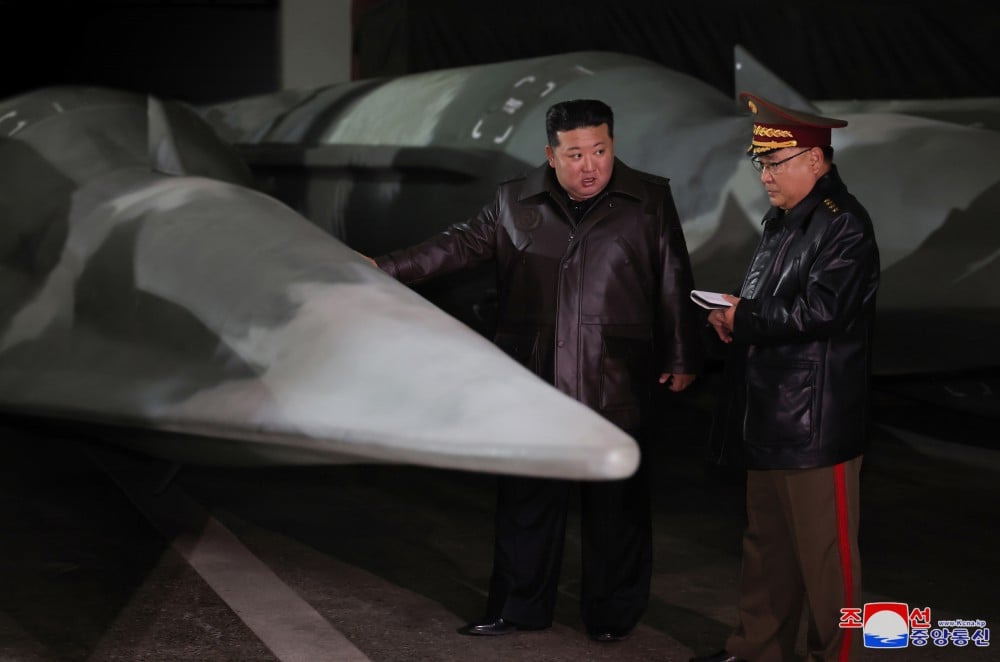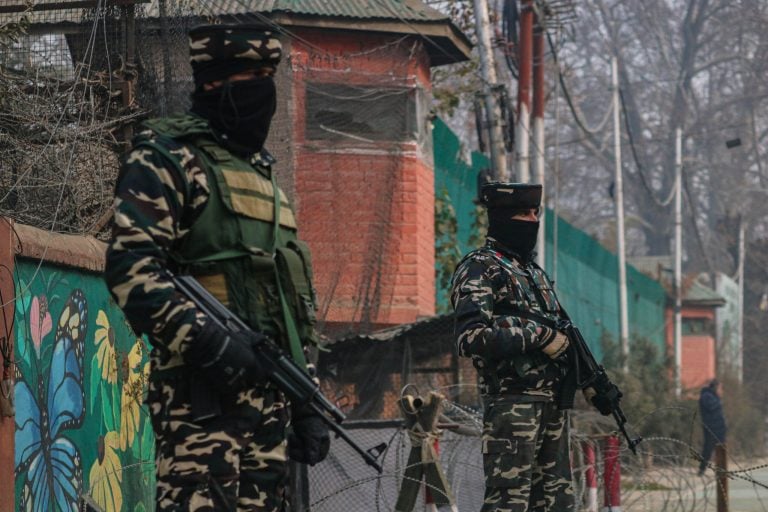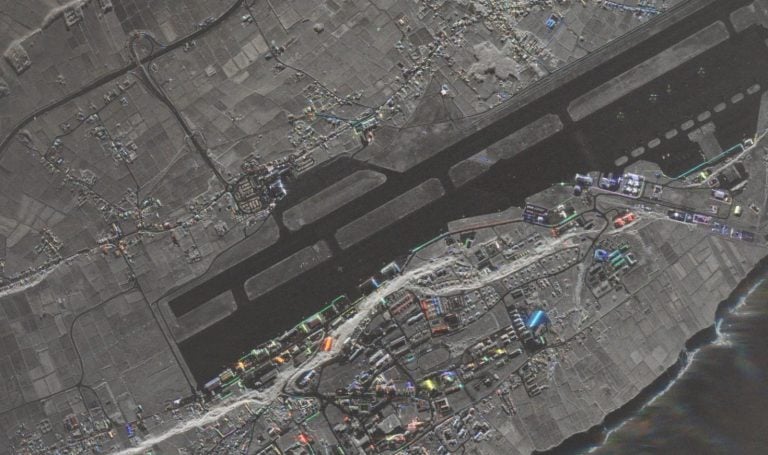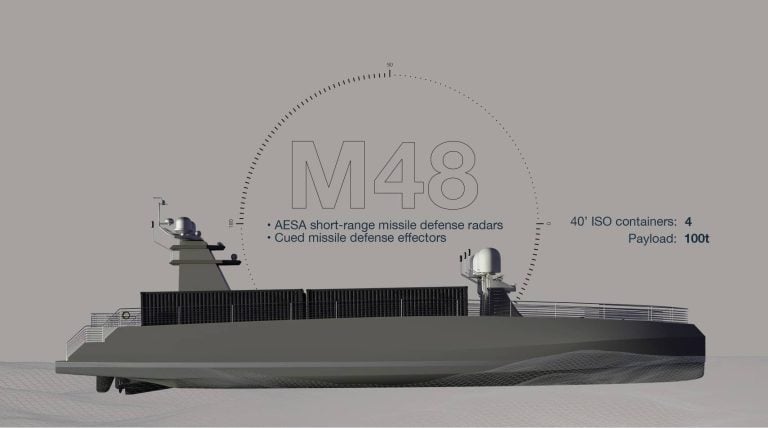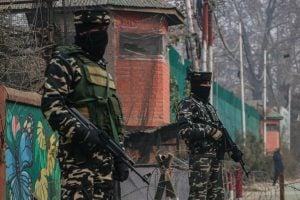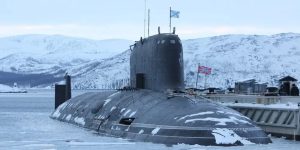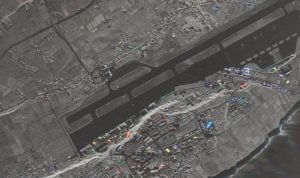South Korea has taken a significant step in bolstering its defense capabilities by contracting local defense firm LIG Nex1 to create a counter-ballistic missile simulation system. The project, valued at 3.4 billion won (approximately $24 million), is set to be delivered by 2028.
This new simulation system aims to replicate the complex and varied challenges posed by ballistic missile threats. It will enable the South Korean Armed Forces to conduct integrated exercises and training that reflect real-world scenarios, enhancing their readiness and response capabilities. According to the Defense Acquisition Program Administration (DAPA), the system is designed to simulate the entire missile engagement process, from the initial detection of missile launch signs through interception procedures and damage assessments, all within a virtual environment utilizing advanced computer modeling and simulation technology.
The development of this counter-ballistic missile simulation model is not solely about immediate military readiness; it also seeks to upgrade the technological competitiveness of South Korea’s domestic defense industry. DAPA believes that the new system will strengthen the operational capacities of its Korean Three-Axis strategy—an approach specifically designed to counter the nuclear and missile threats posed by North Korea. This three-pronged strategy encompasses the Kill Chain preemptive strike system, the Korea Air and Missile Defense system, and the Korea Massive Punishment and Retaliation plan.
As South Korea enhances its defensive posture, the upcoming simulation system will serve as a vital tool for foundational ballistic missile response training. Jeong Jae-jun, director of DAPA’s Advanced Technology Business Division, emphasized the importance of this initiative, stating that once the system is fully developed, it will establish a practical and integrated training environment utilizing advanced simulation technology.
DAPA has highlighted its commitment to ensuring the project’s success through effective cooperation with relevant organizations and comprehensive management practices. By adhering to the established goals, the administration aims to facilitate a smooth development process and ultimately strengthen South Korea’s defense capabilities in the face of evolving threats.
